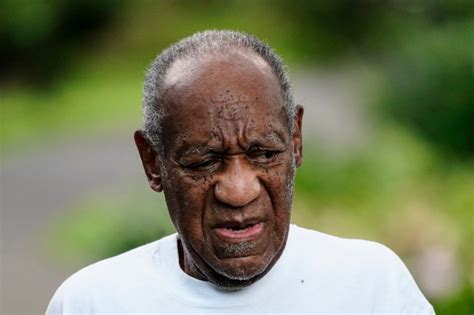The release of Bill Cosby from prison in June 2021 after his conviction was overturned by the Pennsylvania Supreme Court sparked widespread debate and discussion. The case, which centered on allegations of sexual assault, has been highly controversial and complex, involving multiple accusations, legal maneuvers, and societal implications. Here are 12 key facts revealed about the case and its aftermath:
Overturning of Conviction: The Pennsylvania Supreme Court overturned Bill Cosby’s conviction due to a technicality involving a previous agreement with a prosecutor that Cosby would not be charged if he testified in a civil case. The court ruled that this agreement should have prevented the later criminal prosecution.
Original Charges: Cosby was originally charged with three counts of aggravated indecent assault stemming from his encounter with Andrea Constand, a former Temple University employee, in 2004. He was found guilty in 2018 and sentenced to three to ten years in prison.
Andrea Constand’s Case: Andrea Constand’s allegations against Cosby were central to the case. She claimed that Cosby drugged and sexually assaulted her at his home in 2004. Her case was one of many allegations of similar behavior by Cosby spanning decades.
Multiple Allegations: Over 60 women have come forward with allegations of sexual misconduct against Cosby, including rape, drugging, and sexual assault. These allegations span several decades and were a significant factor in the public’s perception of Cosby.
Legal Battles: Cosby’s legal team has consistently denied all allegations of non-consensual sex, arguing that any sexual encounters were consensual. The legal battles have been extensive, with Cosby facing both criminal and civil lawsuits.
Impact on #MeToo Movement: The Cosby case has been closely associated with the #MeToo movement, which seeks to raise awareness about sexual harassment and assault. The movement gained significant traction around the time of Cosby’s trial, with many seeing the trial as a test of the movement’s power.
Public Reaction: The release of Cosby from prison has met with divided public reaction. Some have expressed outrage, feeling that justice has not been served, while others have focused on the technical legal aspects of the decision, highlighting the importance of upholding legal agreements and procedures.
Victims’ Rights: The case has raised questions about victims’ rights and the challenges faced by those who come forward with allegations of sexual assault. Many have highlighted the need for better support systems and legal protections for victims.
Social and Cultural Impact: Beyond the legal outcome, the Cosby case has had a significant social and cultural impact. It has led to broader discussions about consent, power dynamics, and the legacy of sexual assault allegations against public figures.
Future Proceedings: Despite his release from prison, Cosby still faces legal challenges. He has been sued in civil court by many of his accusers, and these cases may continue to unfold in the coming years.
Rehabilitation and Public Perception: The question of whether Cosby can rehabilitate his public image remains uncertain. The severity and number of allegations against him have significantly impacted his legacy and public standing.
Legal Precedent: The overturning of Cosby’s conviction on a technicality has also raised questions about legal precedent and the potential impact on future cases involving similar agreements or prosecutorial decisions. It highlights the complexities of the legal system and the ongoing challenges in prosecuting sexual assault cases.
The case of Bill Cosby serves as a complex intersection of legal issues, societal attitudes towards sexual assault, and the challenges of seeking justice in cases involving powerful individuals. As the legal and societal landscape continues to evolve, cases like Cosby’s will remain pivotal in shaping public discourse and legal precedent.



